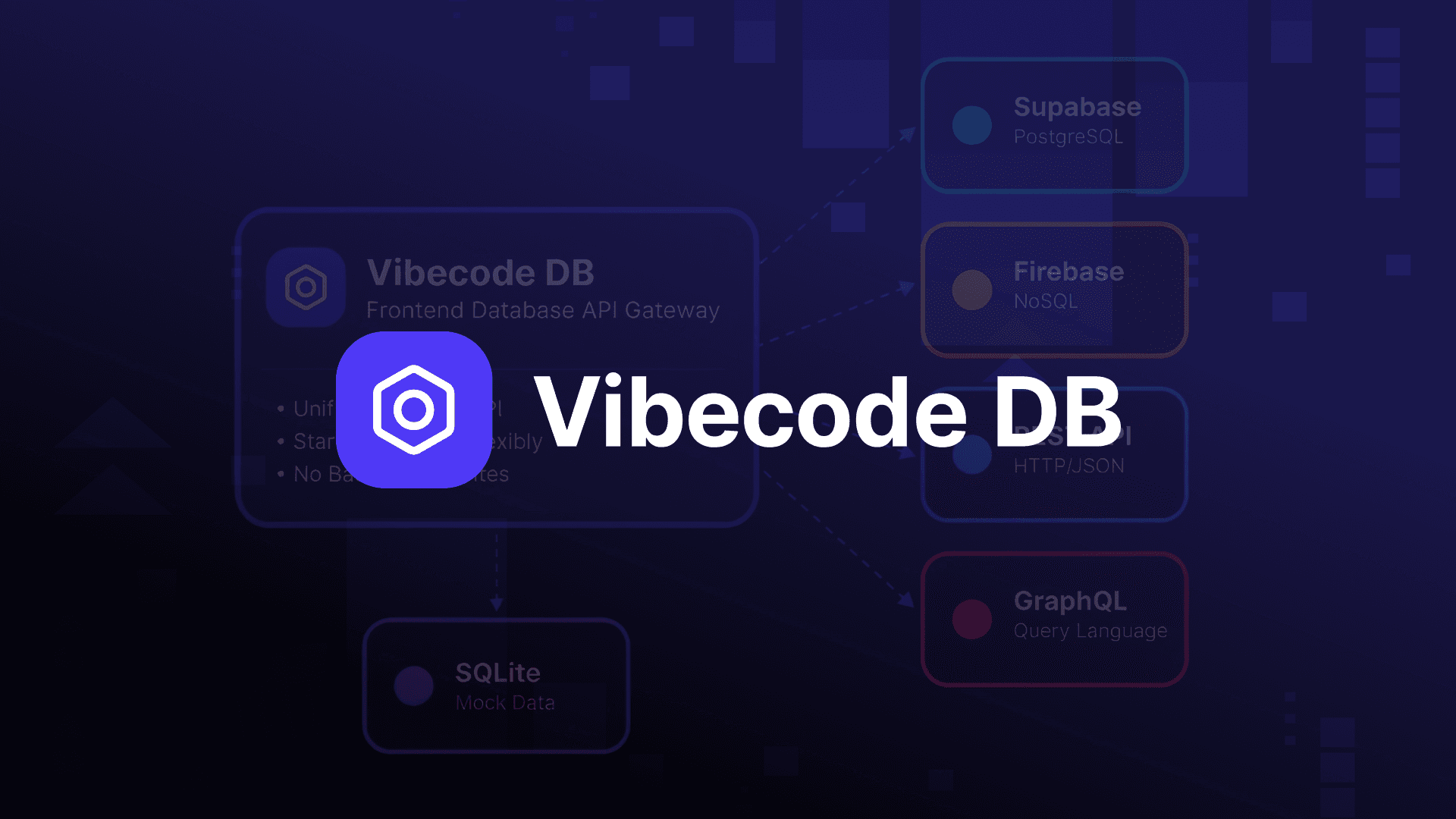Table of Contents
Introduction to Integration Testing
Author

Date

Book a call
Software development involves building complex systems composed of multiple interconnected modules, services, and components. While unit testing ensures individual components work correctly in isolation, integration testing verifies that these components work together harmoniously. This comprehensive guide explores integration testing concepts, practices, and tools to help you build more reliable software systems.
What is Integration Testing?
Integration testing is a software testing methodology that focuses on verifying the interfaces and interactions between integrated components or modules. Unlike unit testing, which tests individual functions or classes in isolation, integration testing evaluates how different parts of your application communicate and collaborate to achieve the desired functionality.
Integration Testing vs. Unit Testing: Key Differences
Understanding the distinction between integration and unit testing is fundamental to implementing an effective testing strategy:
Unit Testing Characteristics
- Scope: Tests individual functions, methods, or classes in complete isolation
- Dependencies: Uses mocks, stubs, or fakes to eliminate external dependencies
- Speed: Extremely fast execution, typically milliseconds per test
- Purpose: Verifies that individual components work correctly according to their specifications
- Feedback: Provides immediate feedback on code changes
- Maintenance: Generally easier to maintain due to an isolated scope
Integration Testing Characteristics
- Scope: Tests the interaction between multiple components or systems
- Dependencies: Uses real or near-real dependencies (databases, APIs, file systems)
- Speed: Slower execution due to external dependencies and complex setups
- Purpose: Verifies that components work together correctly and data flows properly
- Feedback: Identifies issues in component interactions and system behavior
- Maintenance: More complex due to dependency management and environmental factors
The Critical Importance of Integration Testing
Integration testing plays a vital role in software quality assurance for several compelling reasons:
1. Interface Validation
Real-world applications consist of numerous interfaces between components. Integration testing ensures these interfaces work correctly, catching issues like:
- Data format mismatches between components
- Incorrect parameter passing
- API contract violations
- Communication protocol errors
2. Data Flow Verification
Integration tests verify that data moves correctly through your system, ensuring:
- Data transformations occur as expected
- Information persists correctly in databases
- Complex business workflows function properly
- State changes propagate appropriately across components
3. System Behavior Validation
While unit tests verify individual component behavior, integration tests validate overall system behavior, including:
- End-to-end user workflows
- Cross-cutting concerns like security and logging
- Performance characteristics under realistic conditions
- Error handling across component boundaries
4. Early Detection of Architectural Issues
Integration tests can reveal fundamental architectural problems that unit tests might miss:
- Circular dependencies between modules
- Performance bottlenecks in component interactions
- Scalability issues
- Security vulnerabilities in data exchange
Types of Integration Testing
Integration testing encompasses several approaches, each serving different purposes:
Big Bang Integration Testing
Incremental Integration Testing
Components are integrated and tested incrementally, making it easier to identify and fix issues:
- Top-down Integration: Testing starts from top-level modules and progressively integrates lower-level modules
- Bottom-up Integration: Testing begins with lower-level modules and progressively integrates higher-level modules
- Sandwich/Hybrid Integration: Combines top-down and bottom-up approaches
System Integration Testing
Comprehensive Integration Testing Example
Application Structure
Integration Test Implementation
Introduction to Supertest
Supertest is a powerful HTTP assertion library specifically designed for testing Node.js applications. It provides a fluent API for making HTTP requests and asserting responses, making it ideal for integration testing.
Key Features of Supertest
HTTP Request Testing: Supertest allows you to make actual HTTP requests to your application and test the responses, including status codes, headers, and response bodies.
Fluent API: The library provides a readable, chainable API that makes writing tests intuitive and maintainable.
Integration with Testing Frameworks: Supertest works seamlessly with popular testing frameworks like Jest, Mocha, and Jasmine.
Support for Various HTTP Methods: You can test GET, POST, PUT, DELETE, and other HTTP methods with equal ease.
Basic Supertest Usage
Best Practices for Integration Testing
1. Use Separate Test Databases
Always use dedicated test databases to avoid interfering with development or production data. Configure your test environment to use a separate database instance.
2. Implement Proper Setup and Teardown
Ensure each test starts with a clean state by implementing proper setup and teardown procedures. This includes clearing databases, resetting external service mocks, and cleaning up any created resources.
3. Test Real Scenarios
Design integration tests that mirror real-world usage patterns. Test complete user workflows rather than just isolated component interactions.
4. Handle Asynchronous Operations
Integration tests often involve asynchronous operations like database queries and HTTP requests. Use proper async/await patterns and handle promises correctly.
5. Focus on Real Component Interactions
Integration tests should primarily focus on testing real interactions between your application components. The decision of when and how to mock external dependencies is a crucial aspect that requires careful consideration and will be covered in detail in our next blog post.
6. Maintain Test Data Integrity
Common Integration Testing Challenges
1. Test Environment Management
Managing test environments can be complex, especially when dealing with multiple services and databases. Consider using containerization tools like Docker to create consistent, isolated test environments.
2. Test Data Management
Maintaining test data across multiple tests can be challenging. Implement strategies for data cleanup and isolation to prevent test interference.
3. Performance Considerations
Integration tests are inherently slower than unit tests due to external dependencies. Optimize test execution by running tests in parallel where possible and using efficient database operations.
4. Flaky Tests
Conclusion
Integration testing is an essential component of a comprehensive testing strategy. While unit tests verify individual component behavior, integration tests ensure that your application works correctly as a cohesive system. By implementing thorough integration tests using tools like Supertest, you can catch interface defects, verify data flow, and ensure that your application behaves correctly under realistic conditions.
The key to successful integration testing lies in understanding the interactions between your application components and designing tests that validate these interactions effectively. Start with simple integration tests and gradually increase complexity as you become more comfortable with the concepts and tools.
An important consideration in integration testing is deciding when and how to handle external dependencies. While our examples focused on testing real database interactions, there are scenarios where mocking external services becomes necessary. The strategic use of mocks in integration tests requires careful consideration of trade-offs between test reliability, speed, and authenticity.
Dive deep into our research and insights. In our articles and blogs, we explore topics on design, how it relates to development, and impact of various trends to businesses.


